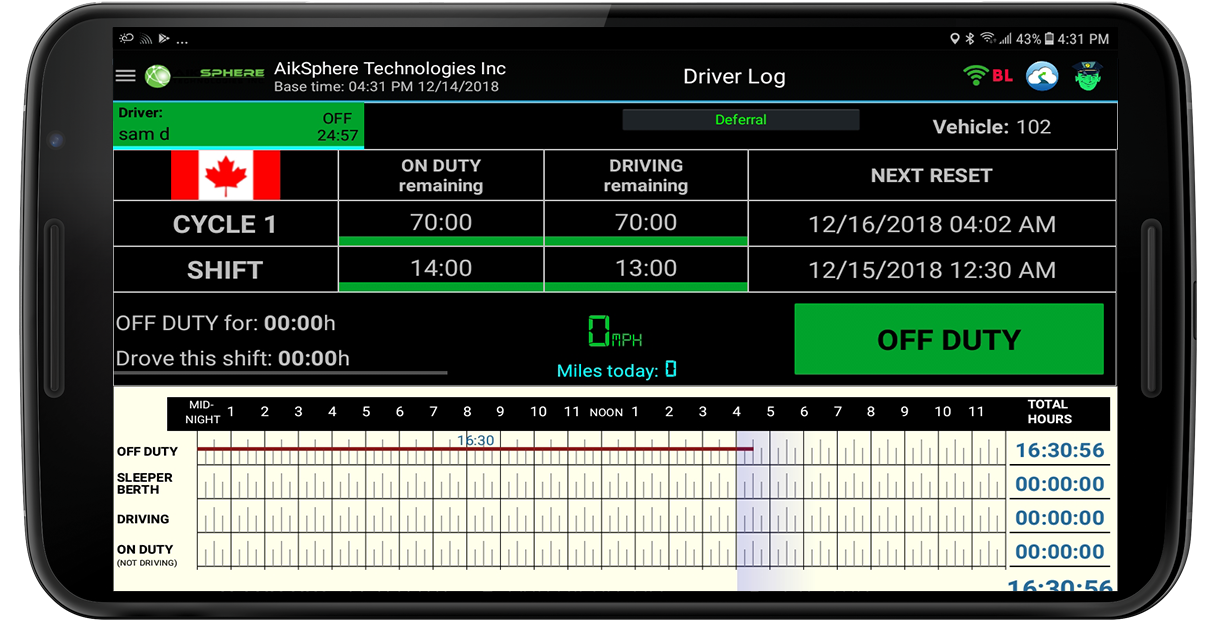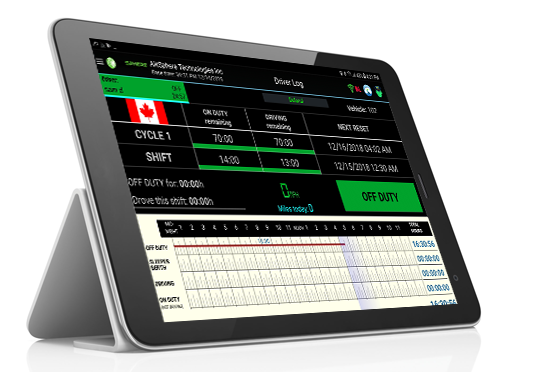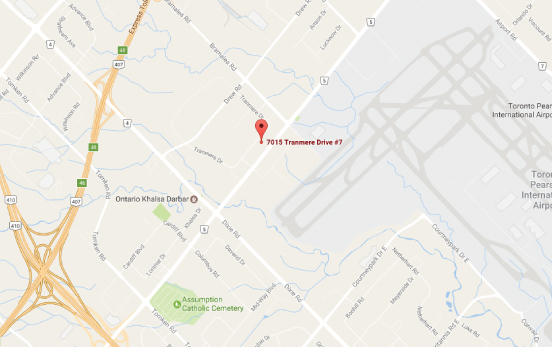What is the difference between Day and Shift for truck drivers?
When it comes to driver’s logging their hours on the ELD, they need to keep in mind the difference between shift and Day. When we are talking about day, it means from midnight to midnight. A shift starts when driver starts his work. The shift can be started at any time of the day (morning, afternoon, night).The graph shown on ELD records logs from midnight to midnight. Driver’s have to make sure about these points in regards to this difference
- Driver’s have to take 10 hours off duty (including 8+2 block hours of split sleep) between their shifts.
- 14 hour period does not get extended by taking off duty. This means that each day drivers get 14 hour period and rest 10 hours of the day have to be logged as off duty/sleeper berth.
- During a shift (from the time driver first puts himself on ON-Duty) a 30 minute break has to be taken before 8 hours have passed. Taking the 30 minute break resets the next 8 hours for the driver.
More info: https://www.fmcsa.dot.gov/regulations/hours-service/summary-hours-service-regulations
Disclaimer- The rules and regulations are subject to change any time. Readers must verify with the authority, FMCSA/MTO and must not rely on the contents of this blog.





